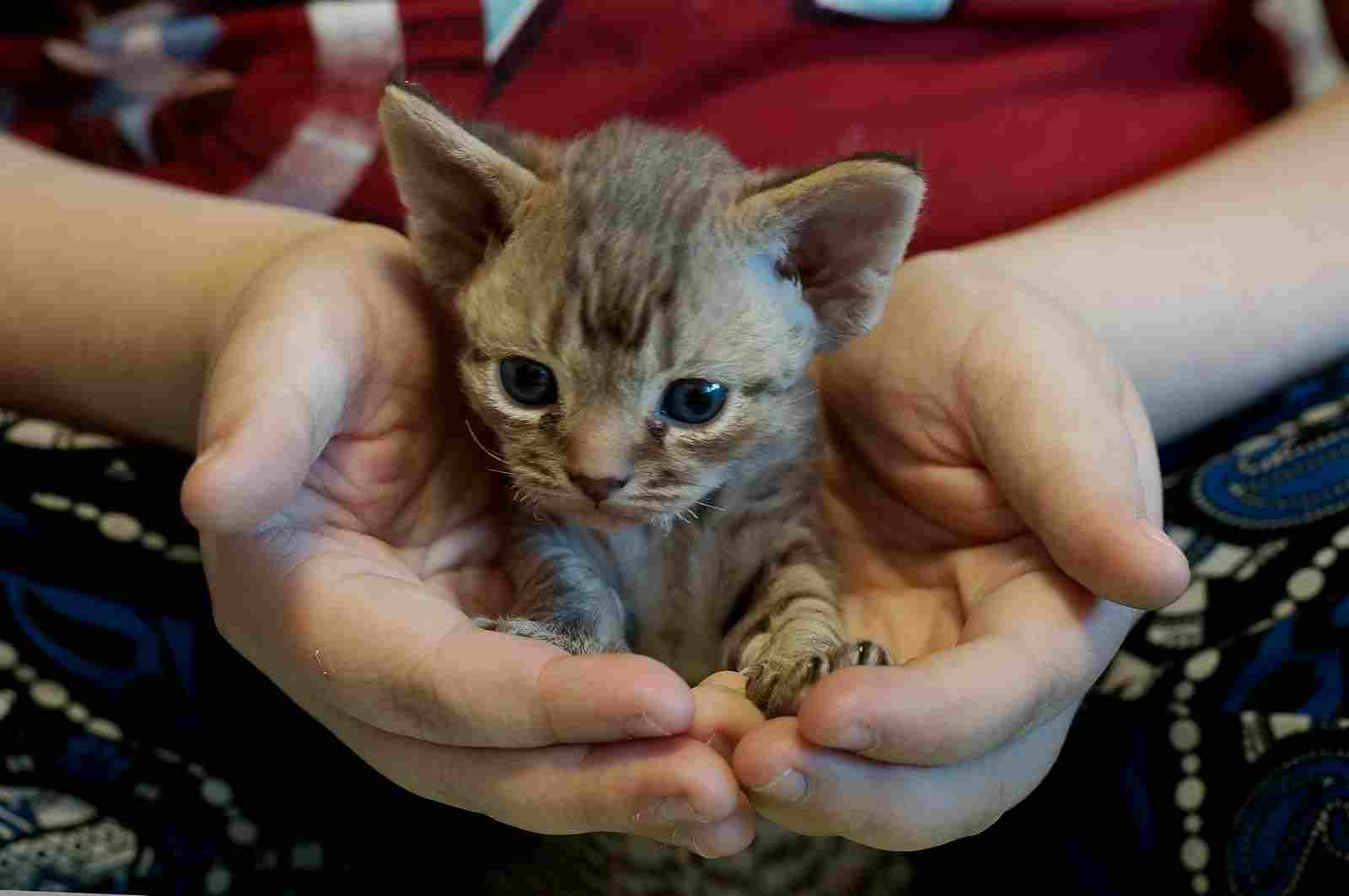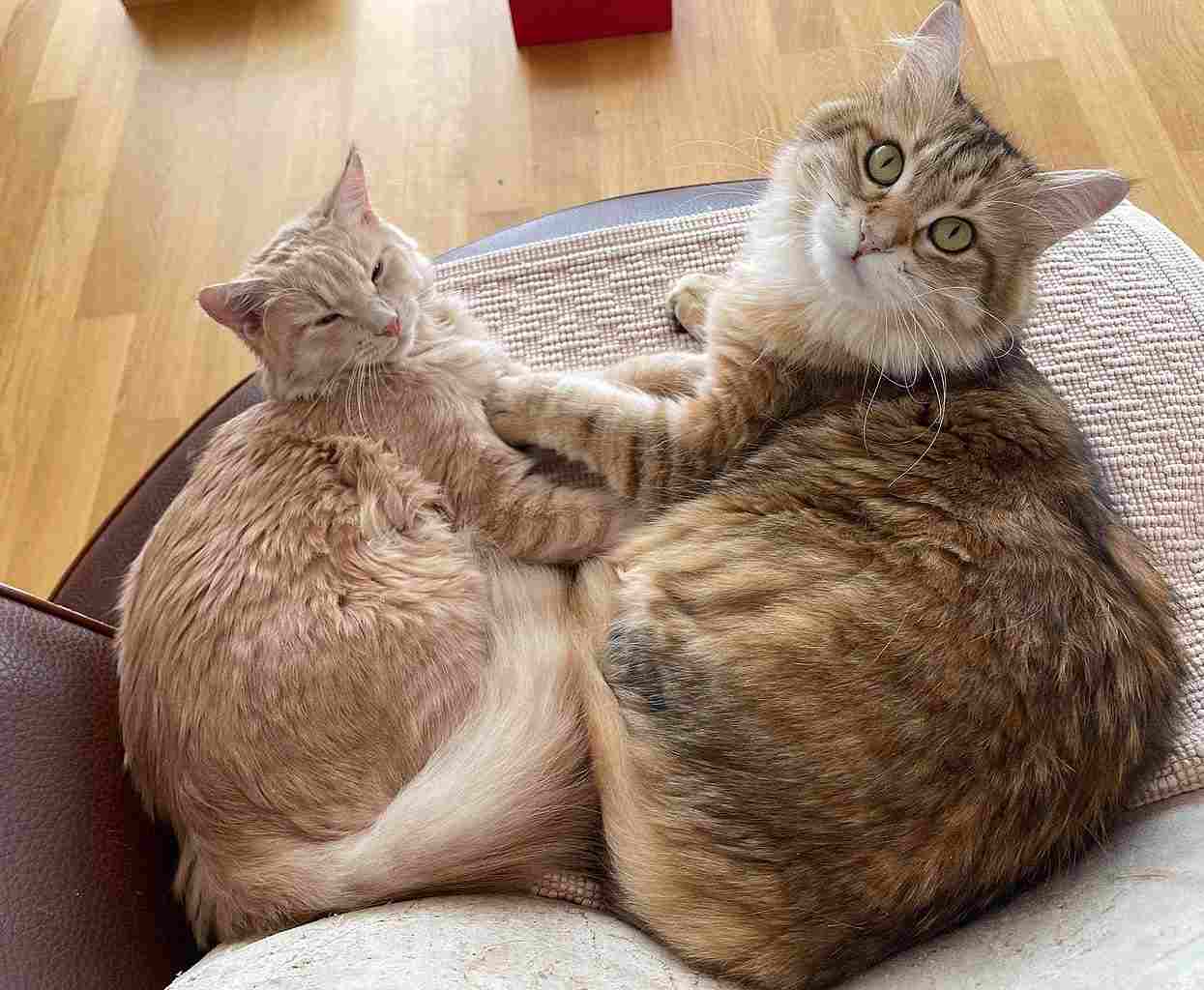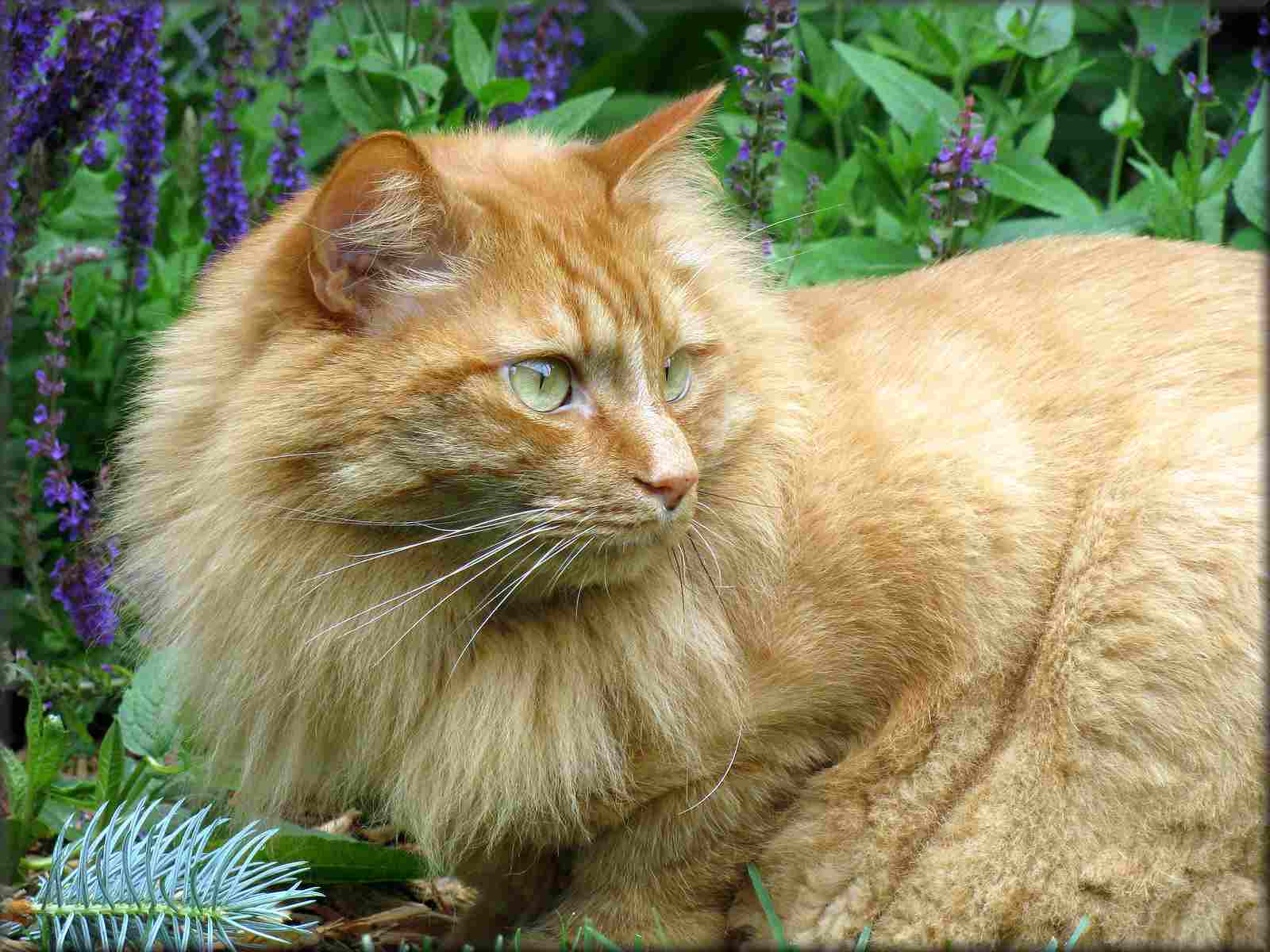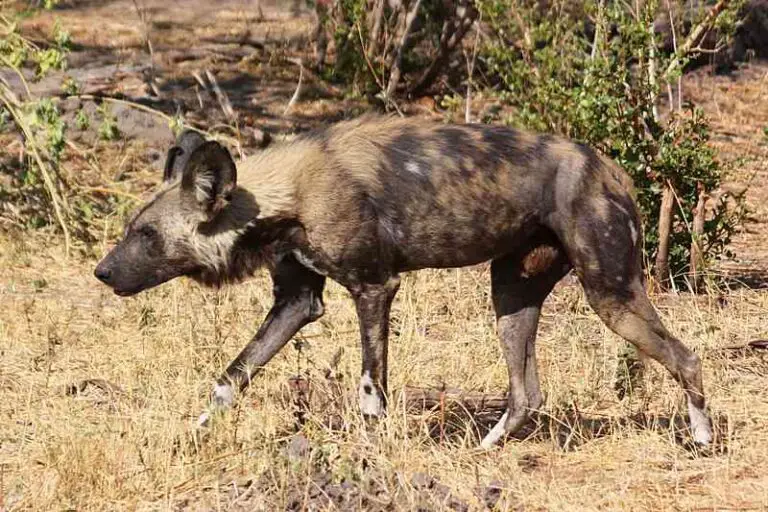Male Cat Vs Female Cat Face, Anatomy, Behavior Comparison
Basically, male cats differ from female cats by their genitalia, reproductive roles, ecologic functions, and behavioral tendencies.
Exploring the distinctions between male and female cats reveals unique characteristics that can influence the choice of an ideal feline companion. From physical traits to temperament, understanding these differences provides valuable insights for potential cat owners.
I. Physical Characteristics:
– Male cats often have broader heads and larger builds compared to females, contributing to their distinct appearance and charm.
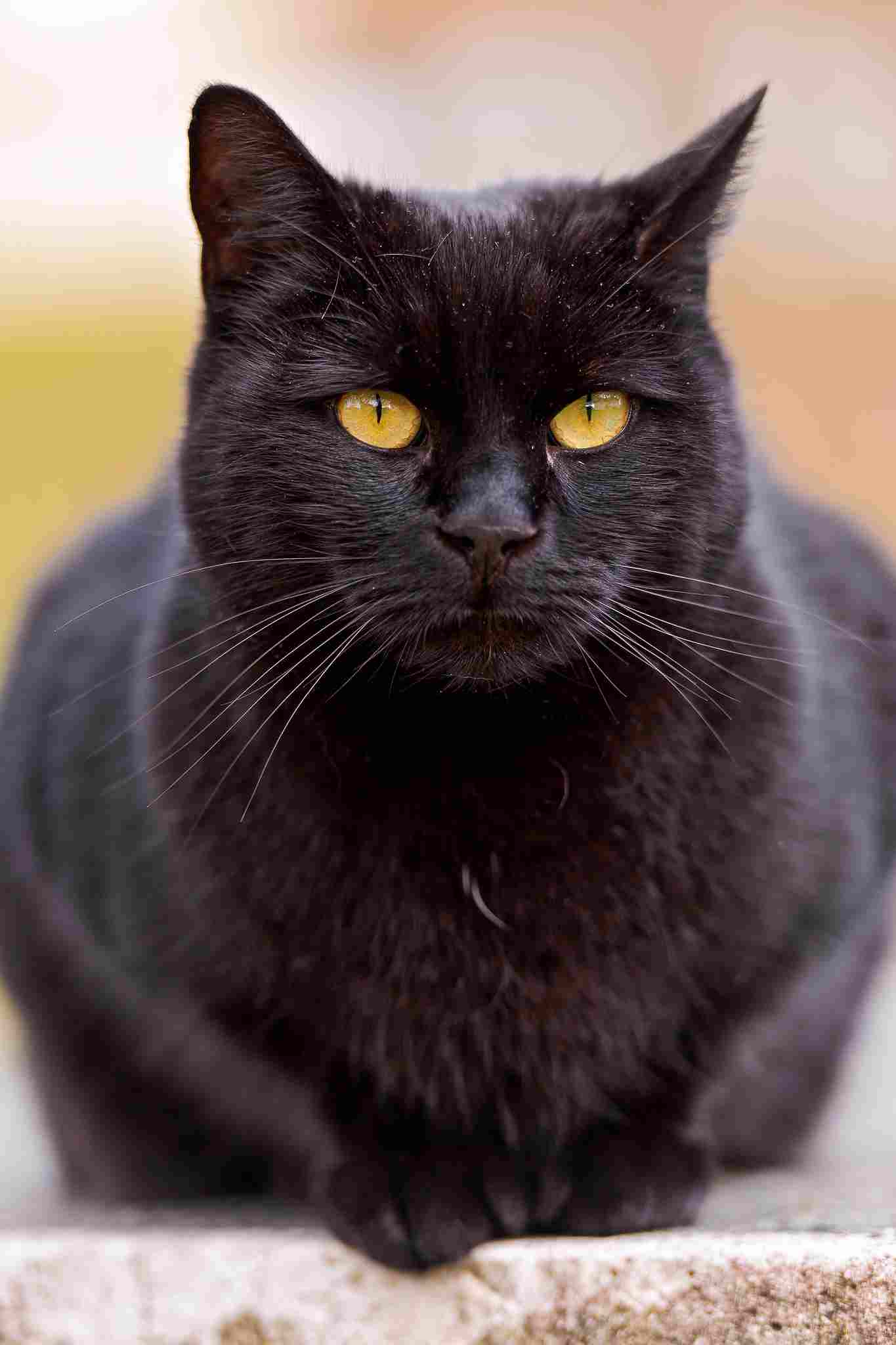
II. Playful Affection:
– Males tend to be more playful and affectionate, fostering lively interactions with both humans and fellow feline companions, adding an enjoyable dynamic to the household.
III. Social Dynamics:
– In the realm of feline personalities, male cats generally exhibit a more social nature, while females may display less social behavior, highlighting the diverse dynamics within cat companionship.
IV. Territorial Instincts:
– Socially inclined, male cats may also demonstrate territorial instincts, marking their space with a sense of ownership, a trait that is typically less pronounced in females.
V. Destructive Nature:
– One of the disadvantages of male cats as pets is their potential for destructive tendencies, influenced by their energetic playfulness and sharp hunting instincts.
VI. Strength and Size:
– Typically, male cats are larger, heavier, and stronger, factors that can influence their advantage in physical confrontations, particularly in a multi-pet household.
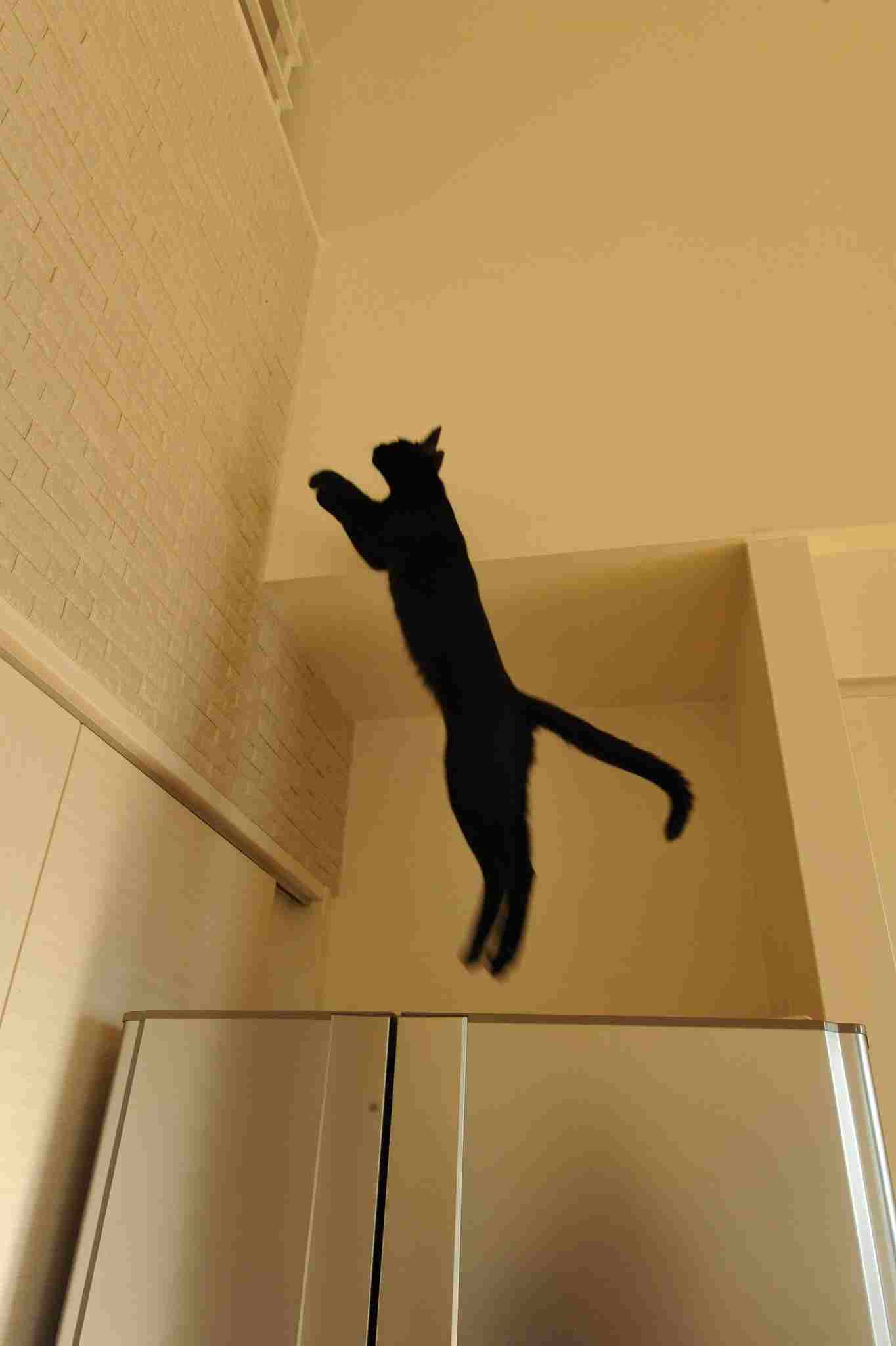
VII. Price Considerations:
– Interestingly, the prices of female cats may vary compared to males, reflecting the demand for specific gender traits or breeding preferences, contributing to the nuances of feline companionship.
*Details of Comparison
| Criteria | Male Cat | Female Cat |
| Taxonomy | Felidae family |
Felidae family, Felis catus
|
| Appearance | Larger, more robust |
Smaller, streamlined
|
| Size | 18-20 inches | 16-18 inches |
| Weight | 10-20 pounds | 6-16 pounds |
| Bite Force (PSI) | 200-500 psi | Similar range |
| Physical Offensive Advantages | Stronger, robust |
Effective offensive strategies
|
| Physical Defensive Advantages | Rely on size and strength | More agile |
| Speed | 30 mph or more | Similar range |
| Agility | Agile, reliance on strength |
Exceptional agility
|
| Senses | Acute hearing, vision, smell |
Acute hearing, vision, smell
|
| Overall Physical Capacity | Greater strength, endurance |
Compensate with agility
|
| Habitat Preference(s) | Adaptable to various habitats |
Adaptable to various habitats
|
| Tracks | Larger, prominent toe pad |
Smaller, delicate structure
|
| Lifespan | Generally 12-15 years |
Generally 12-15 years
|
| Mode of Feeding | Obligate carnivores |
Obligate carnivores
|
| Intelligence | Similar problem-solving |
Similar social understanding
|
| Social Behavior | More territorial, competitive |
Nurturing behaviors
|
| Mode of Reproduction | Sexual reproduction |
Sexual reproduction
|
| Parental Behavior | May contribute but less involved |
Maternal behaviors
|
| Proximity to Human-Inhabited Areas | Varies | Varies |
| Behavior Toward Humans | Varied behaviors |
Varied behaviors
|
| Danger Posed to Humans | Minimal danger | Minimal danger |
| Associated Precautions | Precautions apply equally |
Precautions apply equally
|
| Conservation Status | Not endangered, impact ecosystems |
Not endangered, impact ecosystems
|
Key Points
Similarities:
-
- Belong to Felidae family, obligate carnivores, similar lifespan.
Differences:
-
- Size, weight, physical advantages, behaviors, and reproductive roles vary between males and females.
1. Taxonomy:
Both male and female cats belong to the Felidae family.
The domestic cat’s scientific name is Felis catus, irrespective of gender.
They are carnivorous mammals within the Feliformia suborder.
2. Appearance:
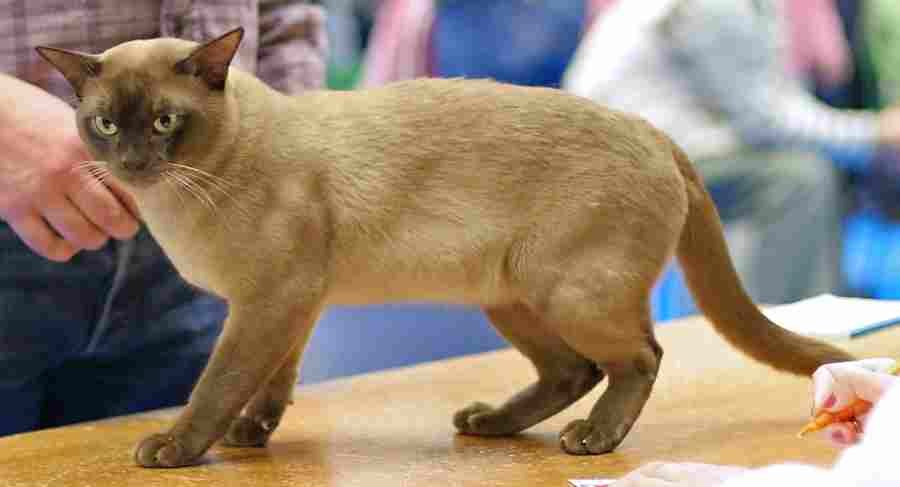
Details:
Males are generally larger and more robust, exhibiting a muscular build.
Females are often smaller and have a more streamlined physique.
Comparison:
Male cats typically have broader heads and larger necks compared to females.
Female cats tend to have a more delicate facial structure.
Ecological Implications:
Size and appearance may influence their roles in territories, hunting, and interactions within the ecosystem.
3. Size:
Details:
Adult male cats are usually larger, with an average length of 18-20 inches (45-50 cm) excluding the tail.
Adult females are slightly smaller, averaging around 16-18 inches (40-45 cm) in length.
Comparison:
Males generally have a longer and more substantial body frame compared to females.
Ecological Implications:
Size influences their hunting capabilities, dominance hierarchy, and territorial behaviors in the wild.
4. Weight:
Details:
Male cats typically weigh between 10-20 pounds (4.5-9 kg).
Female cats generally weigh between 6-16 pounds (2.7-7.3 kg).
Comparison:
Males exhibit a higher average weight range compared to females.
Ecological Implications:
Weight affects agility, hunting efficiency, and energy requirements for survival in their natural environment.
5. Bite Force (PSI):
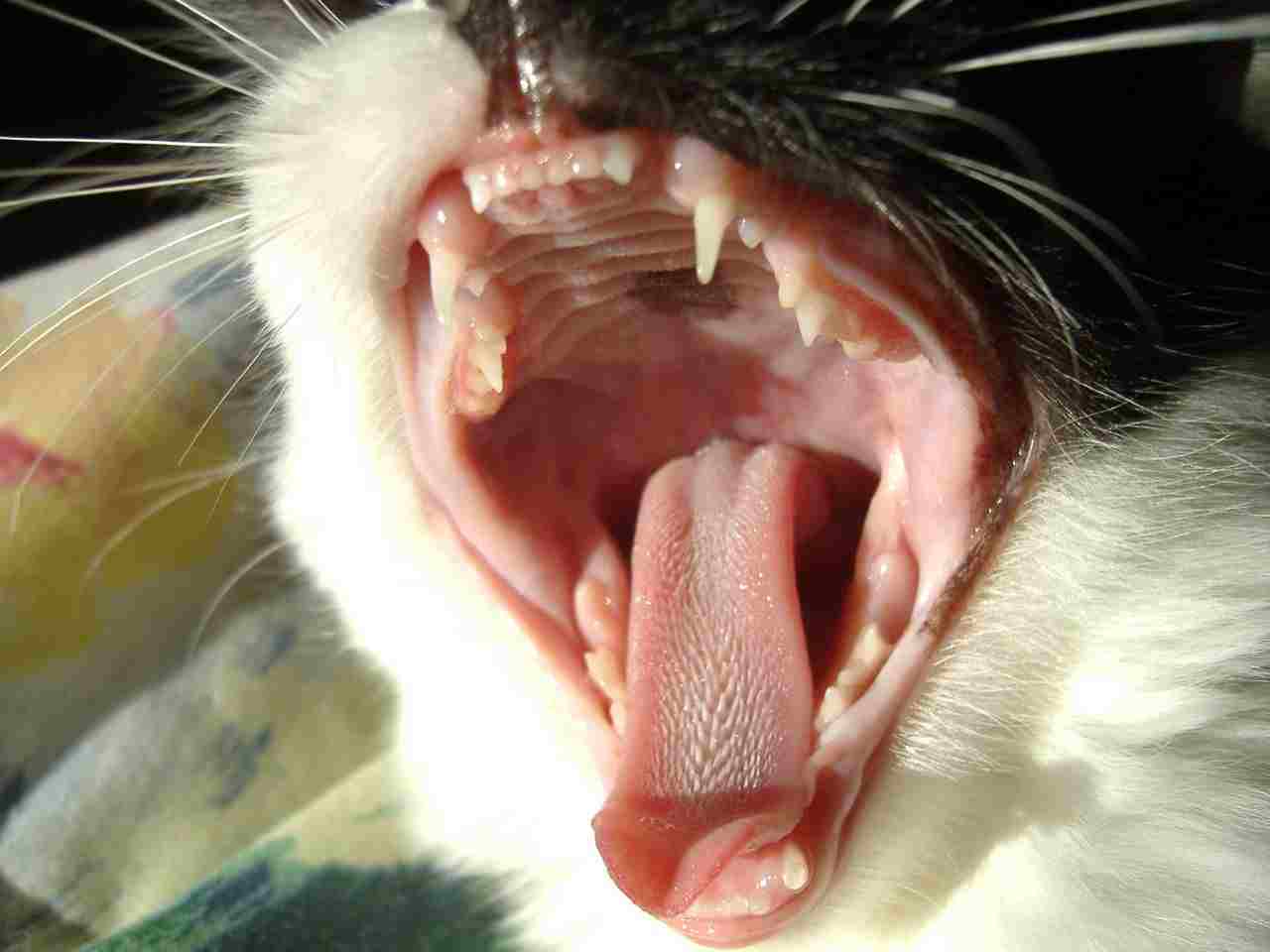
Details:
Male cat bite force ranges from 200 to 500 pounds per square inch (psi).
Female cat bite force falls within a similar range.
Comparison:
While individual variations exist, there’s no significant gender-based difference in bite force.
Ecological Implications:
Bite force is crucial for hunting and feeding, impacting the ecological balance within their respective habitats.
6. Physical Offensive Advantages:
Details:
Male cats often exhibit stronger physical offensive capabilities, attributed to their larger size and muscular build.
Males may engage in more aggressive behaviors during territorial disputes or mating competition.
Comparison:
Females can still display effective offensive strategies, especially when protecting their territory or offspring.
Ecological Implications:
Physical offensive advantages contribute to the establishment and maintenance of territories, influencing ecological dynamics.
7. Physical Defensive Advantages:
Details:
Female cats may demonstrate agility and speed as primary defensive advantages.
Males can rely on their size and strength for defensive purposes.
Comparison:
Both genders utilize a combination of defensive strategies, including evasion, climbing, and vocalizations.
Ecological Implications:
Defensive capabilities are crucial for survival in the wild, impacting interactions with predators and competitors.
8. Speed (Km/hour or Mile/hour):
Details:
Male cats can reach speeds of 30 mph (48 km/h) or more.
Female cats generally have similar speed capabilities.
Comparison:
Speed is often consistent between genders, influenced more by individual factors than gender differences.
Ecological Implications:
High-speed capabilities aid in hunting, escaping predators, and navigating their environment efficiently.
9. Agility:
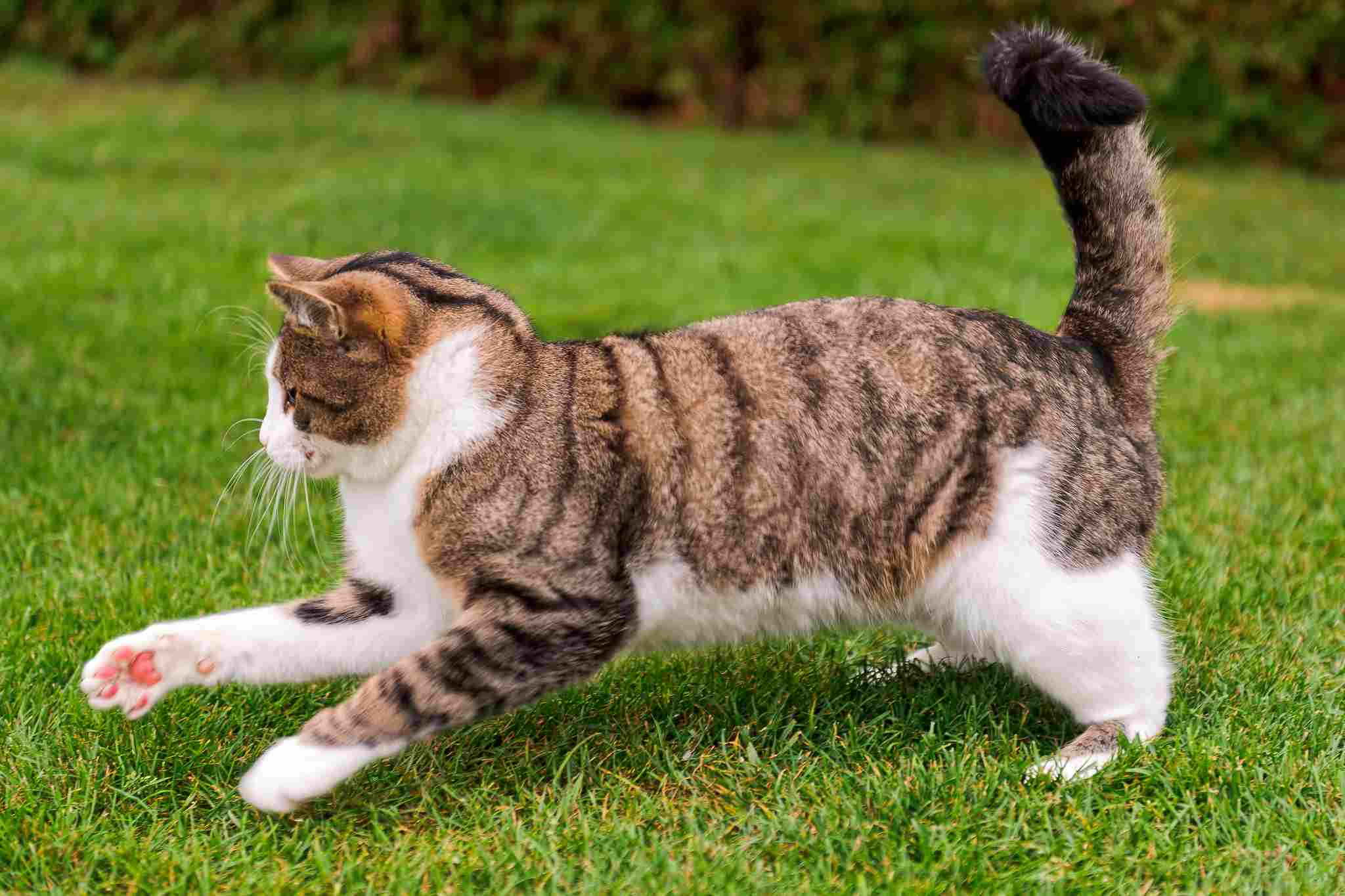
Details:
Female cats are known for their exceptional agility, particularly in navigating smaller spaces.
Male cats, while agile, may rely more on strength and speed in certain situations.
Comparison:
Both genders possess remarkable agility, adapting to different environments and hunting scenarios.
Ecological Implications:
Agility is crucial for accessing prey, avoiding threats, and adapting to diverse ecological niches.
10. Senses:
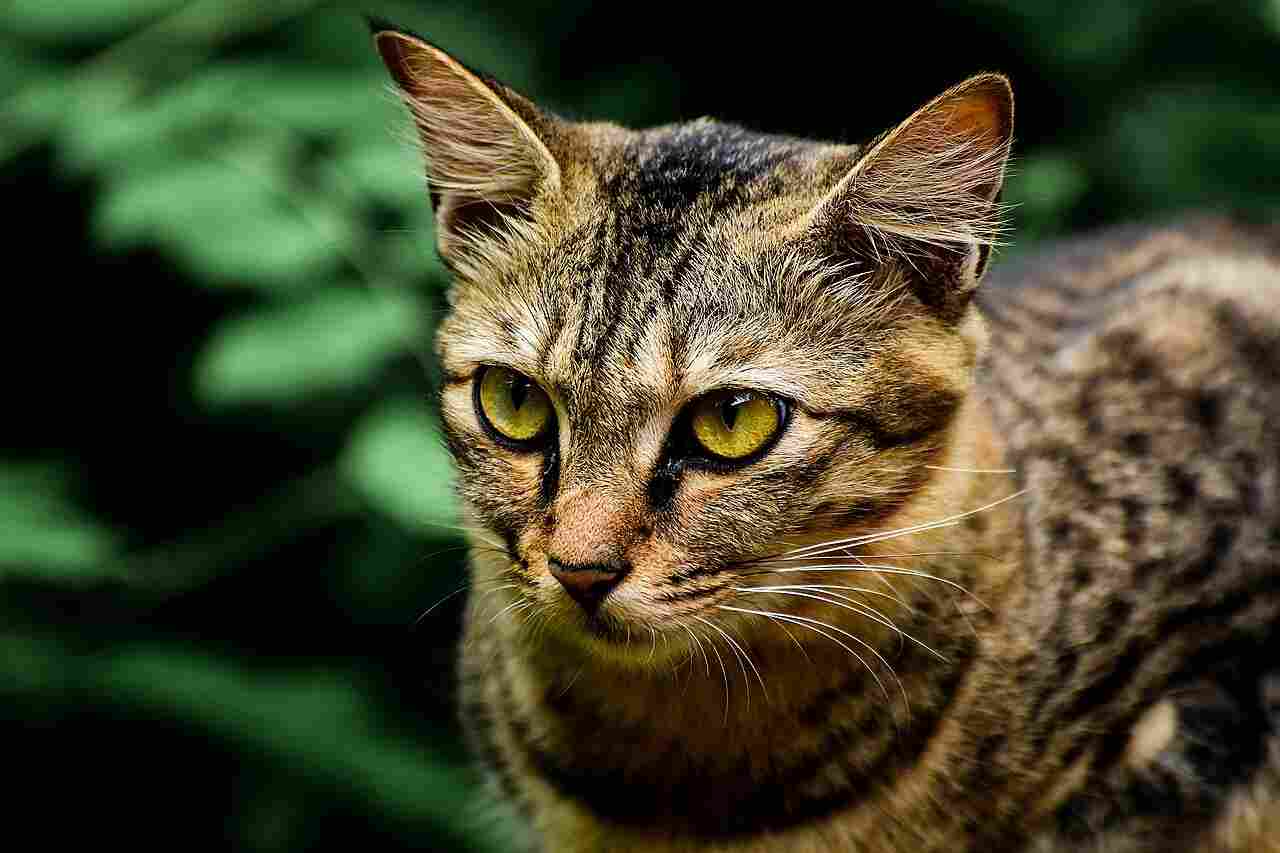
Details:
Both male and female cats possess acute senses, including heightened hearing, sharp vision in low light, and a keen sense of smell.
These senses are essential for hunting, navigating their environment, and detecting potential threats.
Comparison:
While individual variations exist, there’s no significant gender-based difference in sensory capabilities.
Ecological Implications:
Acute senses enhance their ability to locate prey, communicate with conspecifics, and respond to changes in the environment.
11. Overall Physical Capacity:
Details:
Male cats generally exhibit greater overall physical strength and endurance.
Female cats may compensate with increased agility and flexibility.
Comparison:
Both genders possess a well-rounded set of physical capacities, adapted to their respective roles in the ecosystem.
Ecological Implications:
Overall physical capacity influences their ability to secure resources, defend territories, and survive in diverse habitats.
12. Habitat Preference(s):
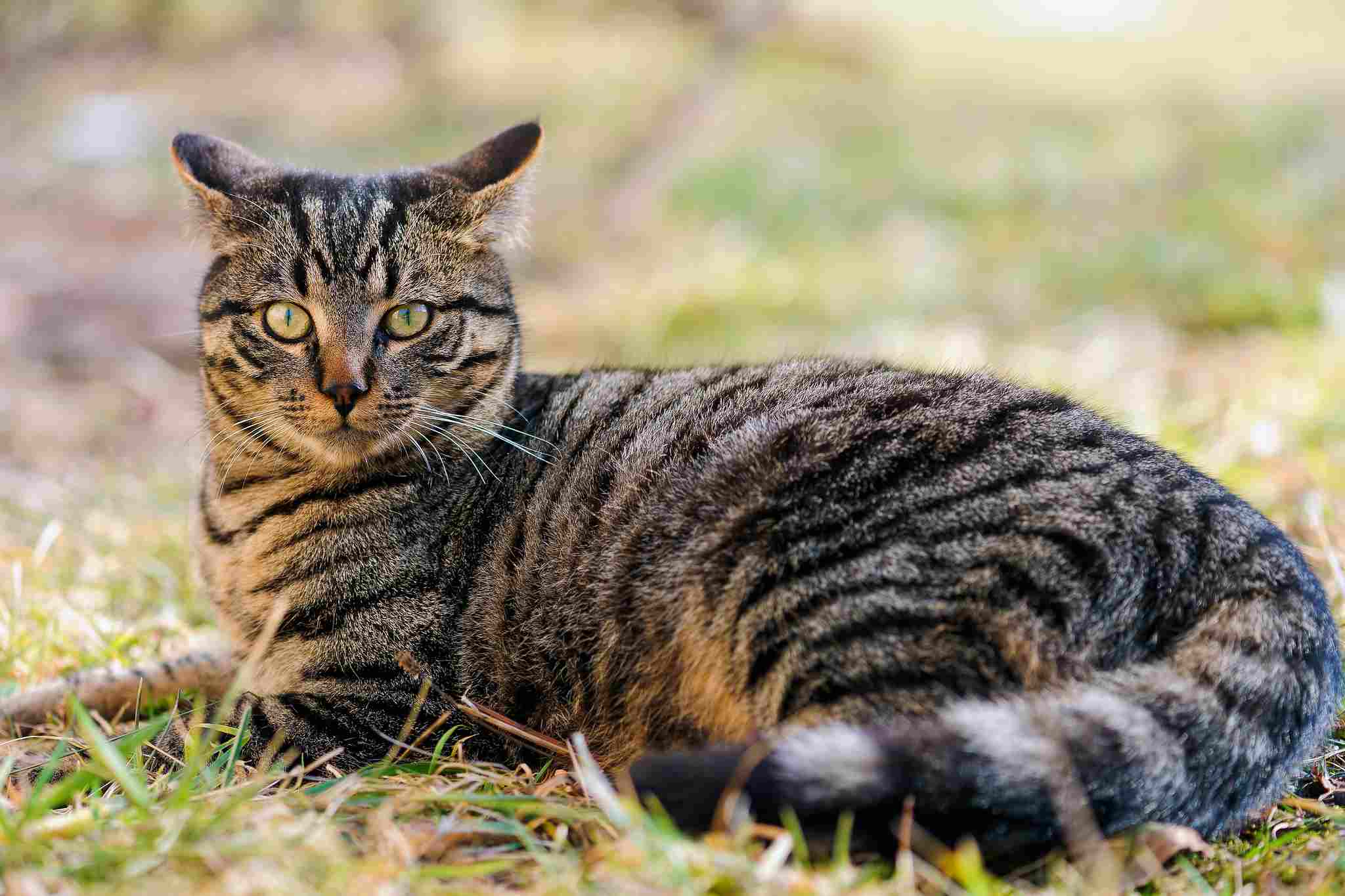
Details:
Both male and female cats are adaptable and can thrive in various habitats, including urban areas, grasslands, forests, and deserts.
Domestic cats may exhibit preferences based on individual experiences and availability of resources.
Comparison:
Habitat preferences are more influenced by individual experiences and availability of resources rather than gender.
Ecological Implications:
Adaptability to diverse habitats contributes to their success as a species, impacting local ecosystems differently.
13. Tracks:
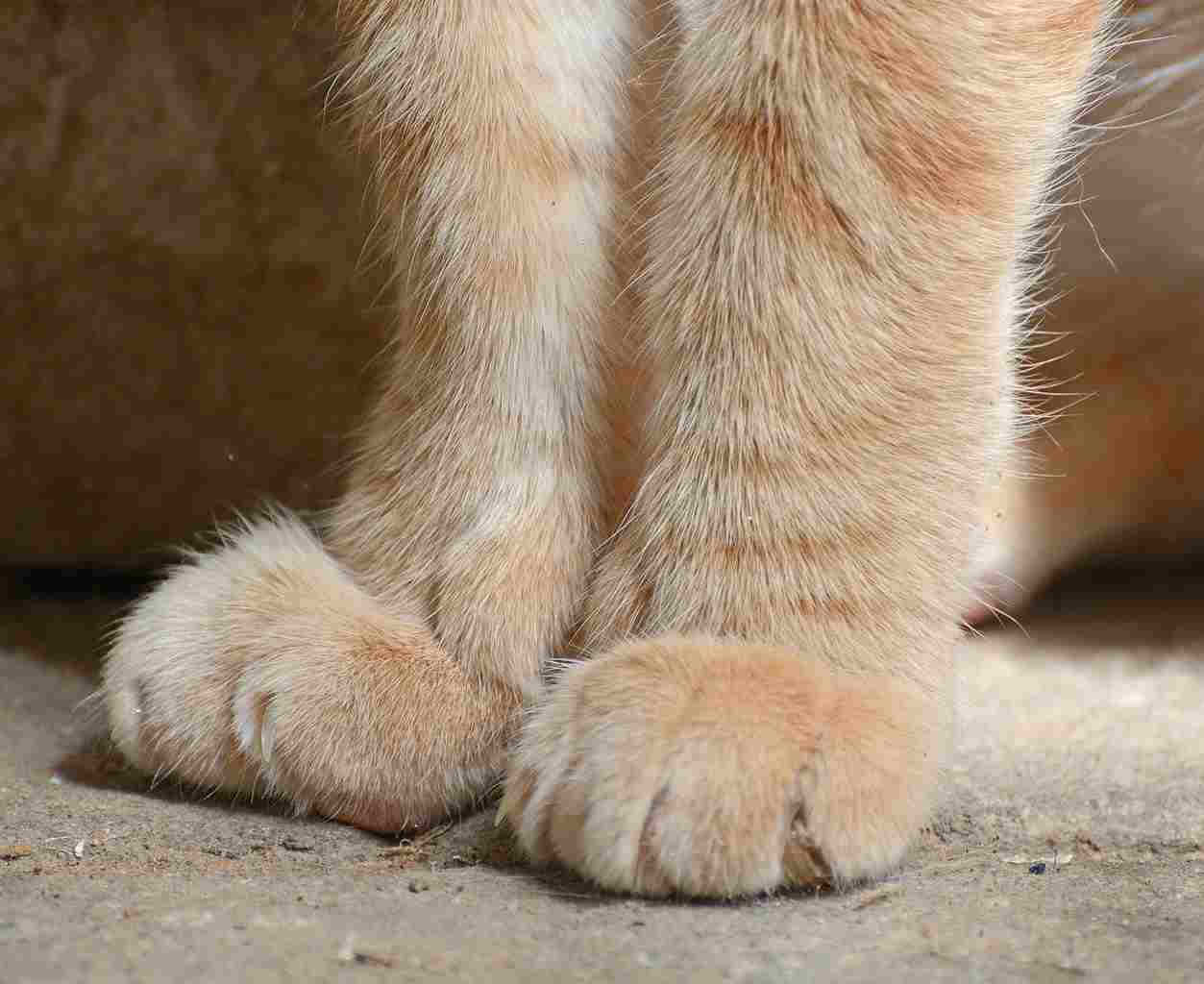
Details:
Male cat tracks are generally larger and show a more prominent toe pad compared to females.
Female cat tracks may appear smaller and exhibit a more delicate structure.
Comparison:
Track differences are more noticeable in size, with variations influenced by individual factors.
Ecological Implications:
Tracking can be used by researchers and conservationists to study population dynamics, individual movements, and behavior patterns in the wild.
14. Lifespan:
Details:
Both male and female cats generally have a lifespan of 12 to 15 years, although it can vary based on factors such as genetics, diet, and living conditions.
Outdoor cats may have shorter lifespans due to increased risks and environmental factors.
Comparison:
Lifespan is more influenced by individual circumstances than gender.
Ecological Implications:
Lifespan impacts population dynamics and the overall health of the cat population in a given ecosystem.
15. Mode of Feeding:
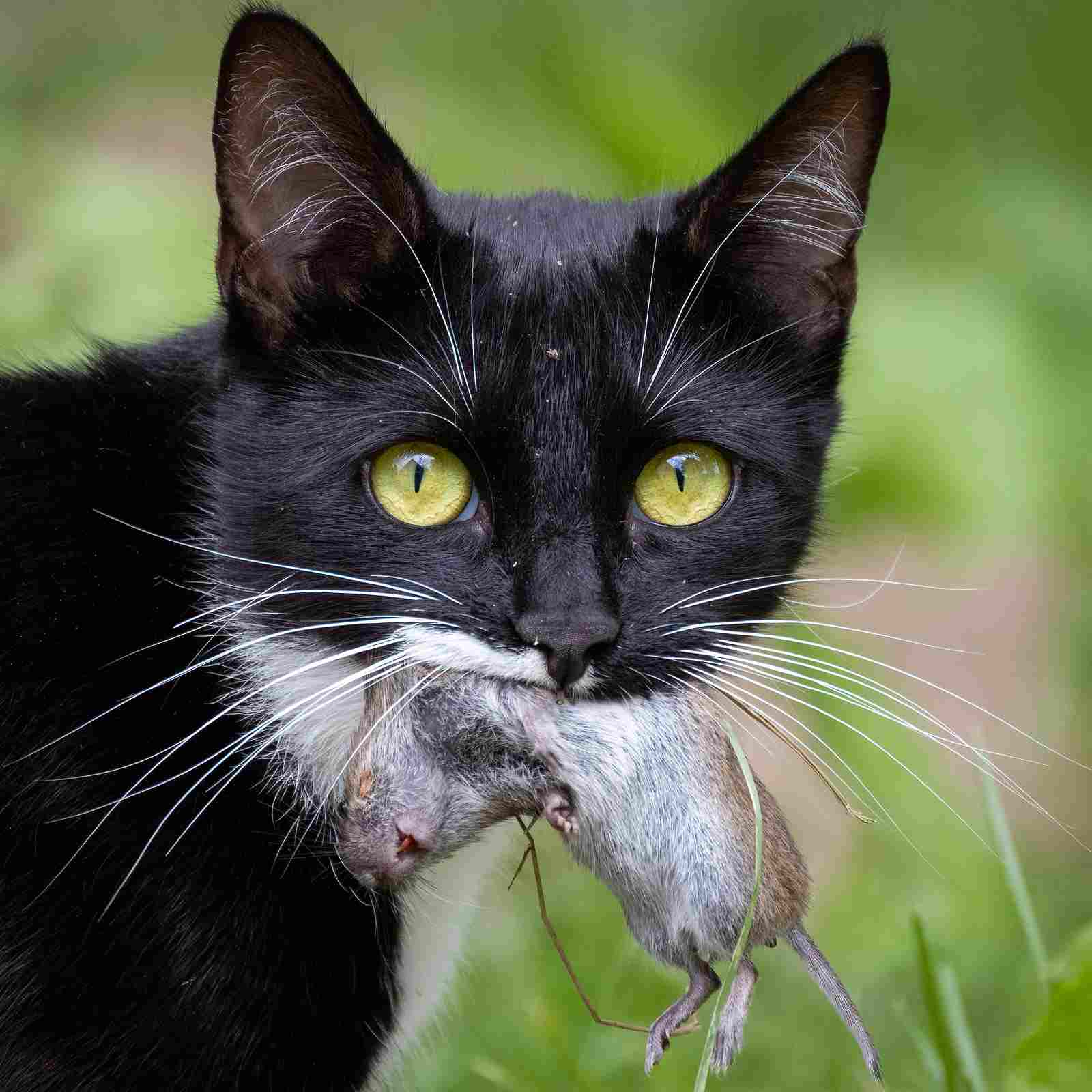
Details:
Both genders are obligate carnivores, relying primarily on meat for their nutrition.
They are skilled hunters, but domestic cats may also consume commercial cat food.
Comparison:
No significant gender-based difference in the mode of feeding.
Ecological Implications:
Their carnivorous diet plays a role in controlling prey populations and maintaining ecological balance in their natural habitat.
16. Intelligence:
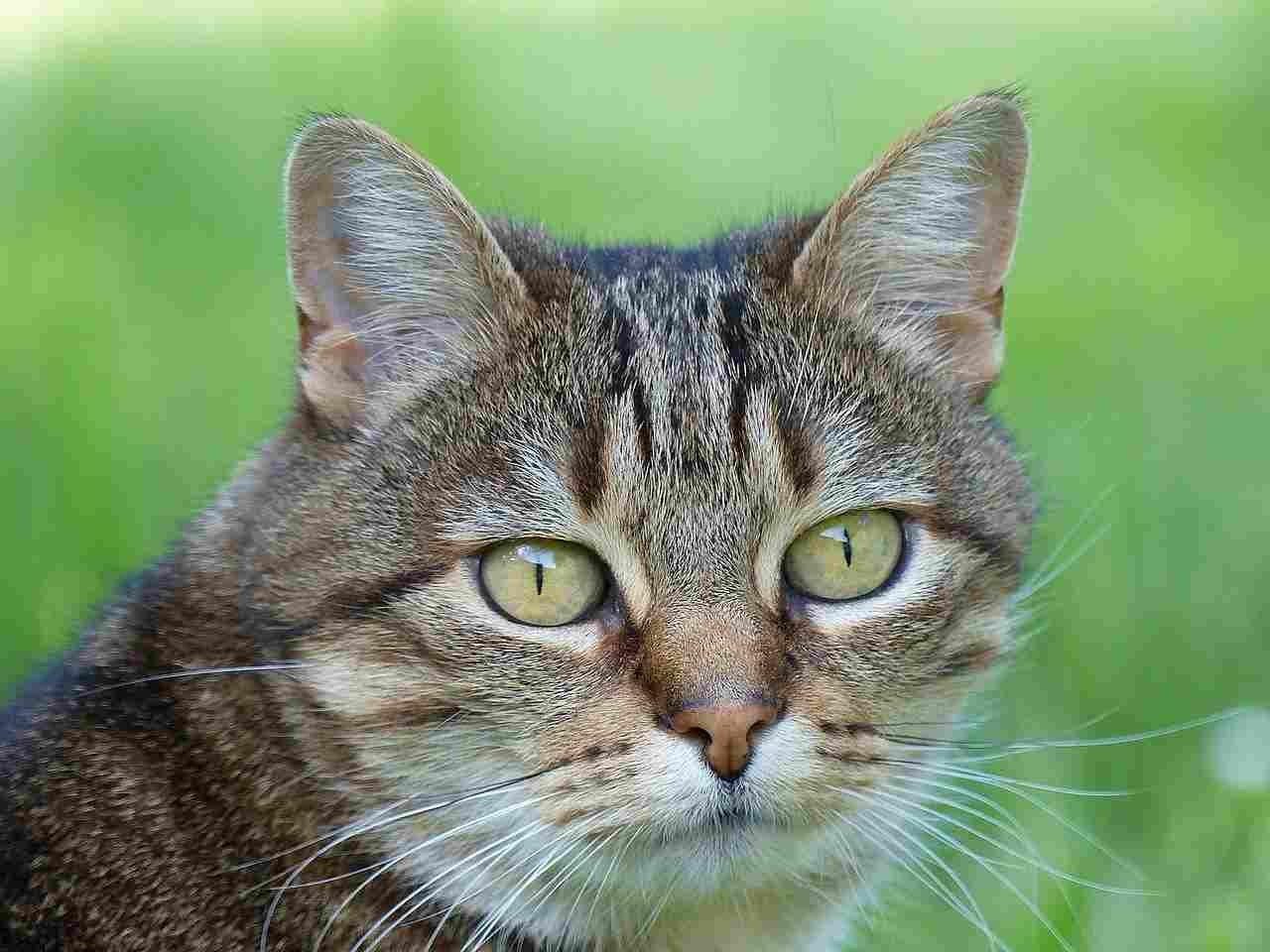
Details:
Male and female cats display similar levels of intelligence, exhibiting problem-solving skills, memory, and social understanding.
Individual differences in intelligence can be more prominent than gender-based distinctions.
Comparison:
Intelligence varies among individuals, with gender playing a minimal role in these differences.
Ecological Implications:
Intelligence contributes to survival skills, adaptability, and the ability to exploit available resources.
17. Social Behavior:
Details:
Male cats may demonstrate more territorial and competitive behaviors, especially during mating seasons.
Female cats often exhibit more nurturing behaviors, particularly towards their offspring.
Comparison:
Social behavior is influenced by individual personalities, experiences, and environmental factors rather than gender alone.
Ecological Implications:
Social behaviors impact interactions within the cat population, affecting mating patterns, resource sharing, and community dynamics.
18. Mode of Reproduction:
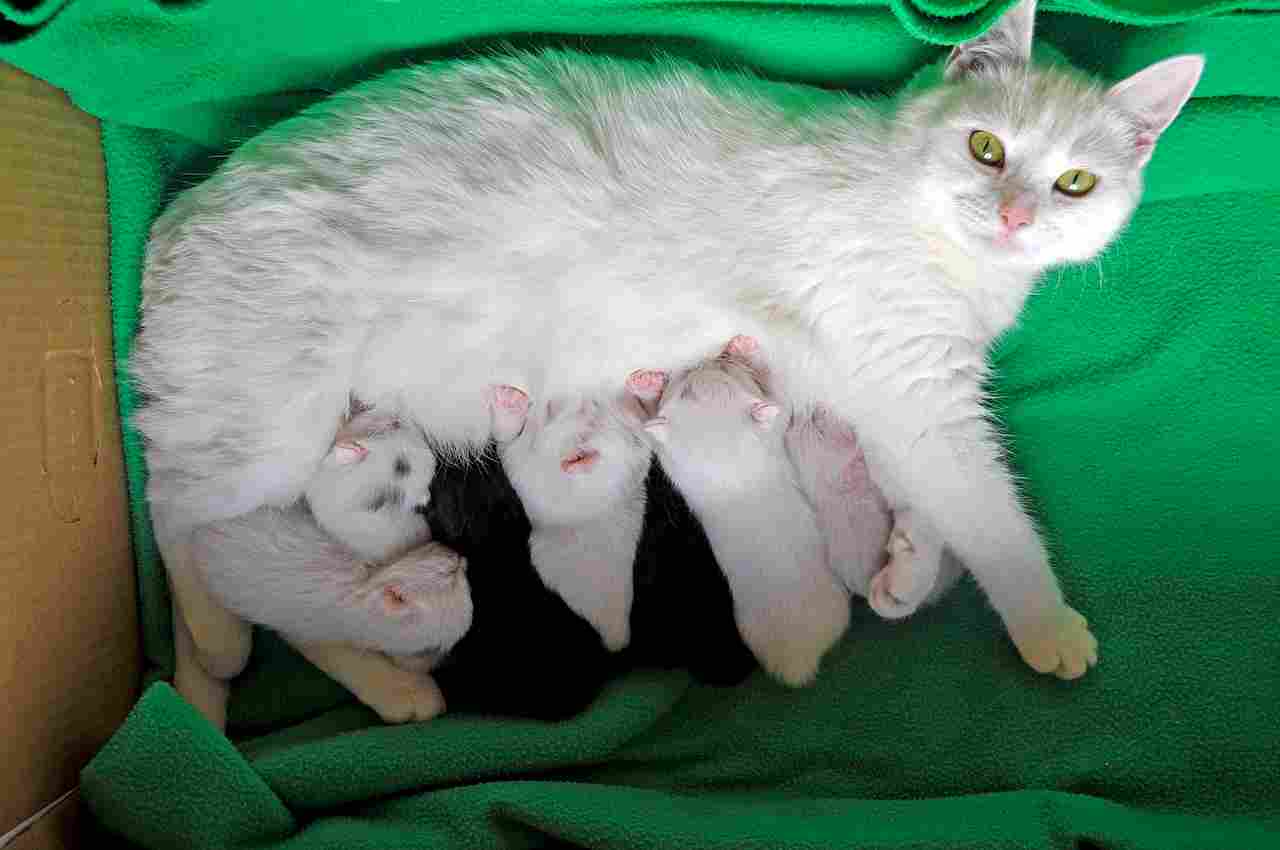
Details:
Both male and female cats reproduce sexually, with females going through estrus cycles.
Mating involves courtship behaviors, copulation, and subsequent gestation in females.
Comparison:
Gender-specific roles in reproduction are evident, with females carrying and nurturing the offspring.
Ecological Implications:
Reproductive patterns influence population dynamics, genetic diversity, and the overall health of the cat population in their habitat.
19. Parental Behavior:
Details:
Female cats exhibit maternal behaviors, providing care and protection to their kittens.
Male cats may contribute to the caregiving process but are generally less involved in direct parenting.
Comparison:
Parental roles are more defined by individual behaviors rather than strict gender roles.
Ecological Implications:
Parental behavior impacts the survival and development of offspring, influencing the stability of the cat population in the ecosystem.
20. Proximity to Human-Inhabited Areas:
Details:
Both male and female cats can be found in close proximity to human-inhabited areas, exhibiting varying degrees of feral or domestic behavior.
Stray or feral cats may exhibit different behaviors influenced by their interactions with humans.
Comparison:
Proximity to human-inhabited areas is more influenced by individual experiences and available resources than gender.
Ecological Implications:
Human-cat interactions can impact local ecosystems, affecting cat behavior, population dynamics, and potential conservation efforts.
21. Behavior Toward Humans:
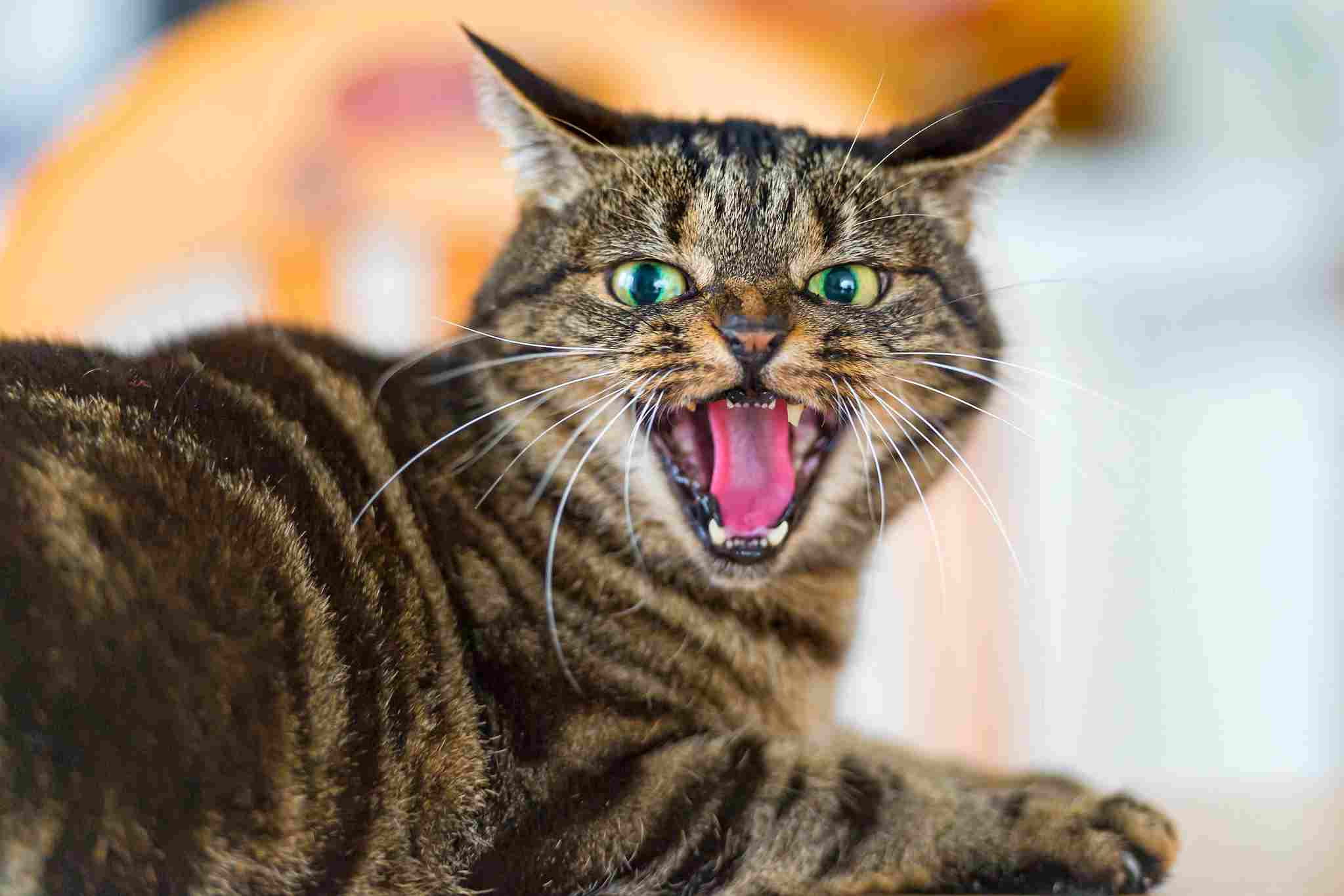
Details:
Male and female cats can display a range of behaviors towards humans, including affection, aggression, or avoidance.
Individual temperament and socialization play significant roles in their interactions with humans.
Comparison:
Behavior towards humans is more influenced by individual experiences, socialization, and personality than gender.
Ecological Implications:
Human-cat interactions can impact the well-being of both parties, affecting the ecological balance in areas where domestic or feral cats coexist with humans.
22. Danger Posed to Humans:
Details:
Both male and female cats generally pose minimal danger to humans.
Aggressive behavior is typically a response to perceived threats or stress.
Comparison:
Dangerous behavior is more influenced by individual temperament, experiences, and socialization than gender.
Ecological Implications:
Understanding potential risks helps promote responsible interactions between humans and cats, contributing to the safety of both species.
23. Associated Precautions:
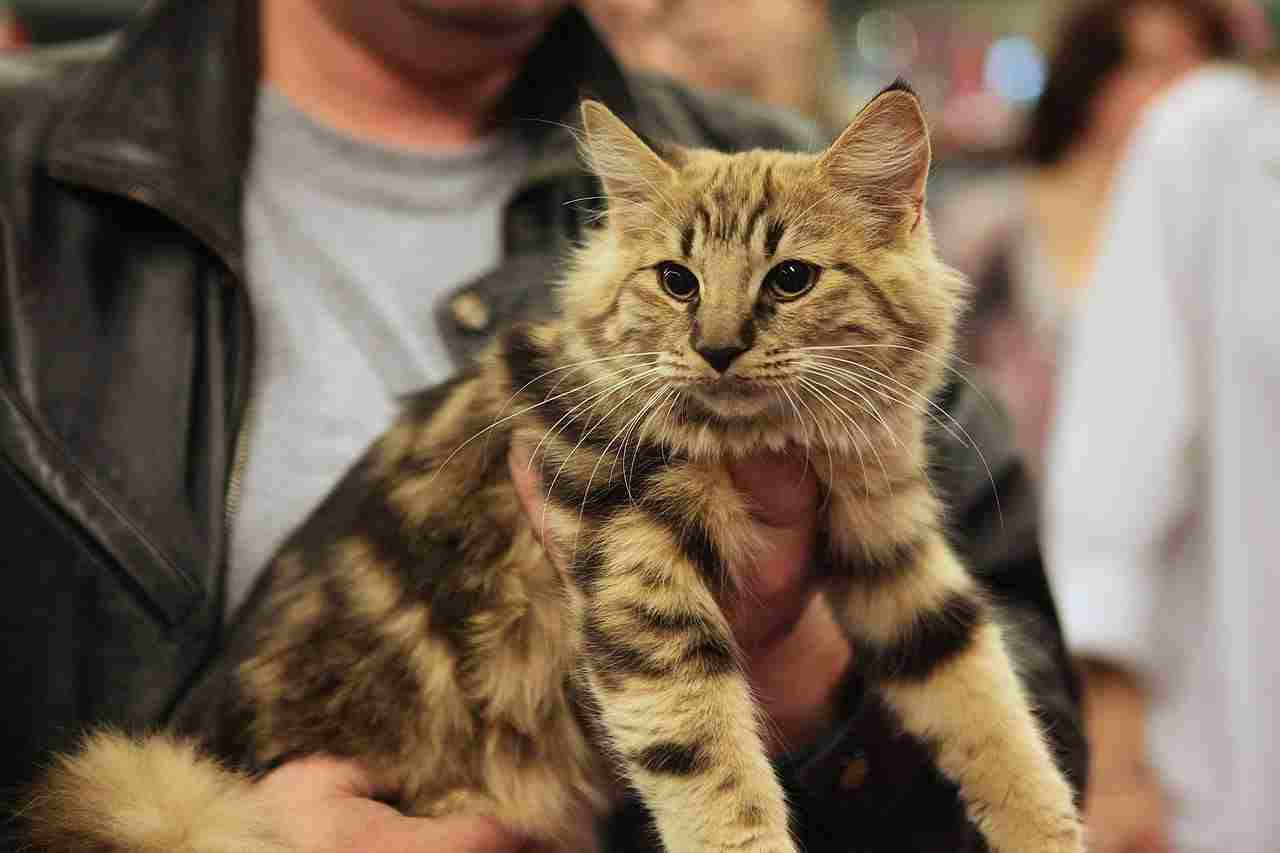
Details:
Precautions when dealing with cats include avoiding sudden movements, respecting their personal space, and being aware of potential territorial behaviors.
Taking precautions during interactions with unfamiliar cats reduces the risk of scratches or bites.
Comparison:
Precautions apply equally to both male and female cats, with individual temperament playing a crucial role.
Ecological Implications:
Responsible human-cat interactions contribute to the well-being of both species and minimize potential negative ecological impacts.
24. Conservation Status:
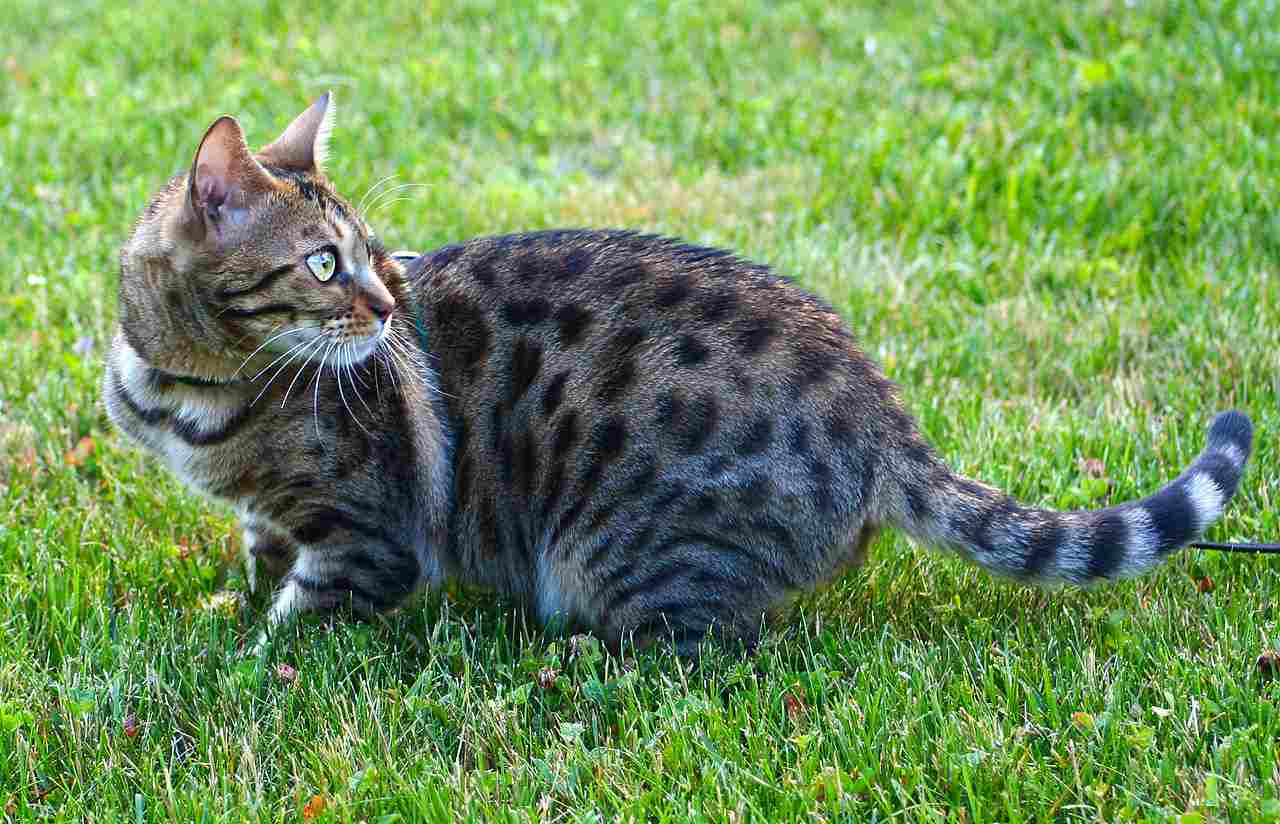
Details:
Domestic cats, regardless of gender, are not considered endangered.
Feral and outdoor cats may pose threats to local wildlife and ecosystems, contributing to conservation concerns.
Comparison:
Conservation status is more related to the impact of cats on local environments than their gender.
Ecological Implications:
Managing feral cat populations is crucial for preserving biodiversity and maintaining the ecological balance in various ecosystems.
Summary of Comparison
Taxonomy:
Both belong to Felidae family.
Domestic cat: Felis catus.
Appearance:
Males larger and more robust.
Females smaller with a streamlined physique.
Individual variations in facial structure.
Size:
Males: 18-20 inches.
Females: 16-18 inches.
Weight:
Males: 10-20 pounds.
Females: 6-16 pounds.
Bite Force (PSI):
Similar range: 200-500 psi.
Physical Offensive Advantages:
Males stronger, more robust.
Females effective in offensive strategies.
Physical Defensive Advantages:
Females more agile.
Males rely on size and strength.
Speed:
Both reach 30 mph or more.
Agility:
Females known for exceptional agility.
Males agile, relying on strength.
Senses:
Acute senses in both, including hearing, vision, and smell.
Overall Physical Capacity:
Males greater strength and endurance.
Females compensate with agility.
Habitat Preference(s):
Adaptable to various habitats.
Tracks:
Male tracks larger with a prominent toe pad.
Lifespan:
Generally 12-15 years.
Mode of Feeding:
Obligate carnivores, hunting primarily.
Intelligence:
Similar levels of problem-solving and social understanding.
Social Behavior:
Males more territorial and competitive.
Females exhibit nurturing behaviors.
Mode of Reproduction:
Sexual reproduction, females carry and nurture offspring.
Parental Behavior:
Females exhibit maternal behaviors.
Males may contribute but less involved.
Proximity to Human-Inhabited Areas:
Both found in various proximity.
Behavior Toward Humans:
Varied behaviors, influenced by individual experiences.
Danger Posed to Humans:
Minimal danger, aggression as a response.
Associated Precautions:
Precautions apply equally to both.
Conservation Status:
Domestic cats not endangered, feral cats impact ecosystems.
Conclusion
I). Similarities
Both male and female cats share fundamental biological characteristics and contribute to the ecological balance in their respective habitats.
II). Differences
While gender influences certain behaviors and roles, individual variations, socialization, and experiences play significant roles in shaping the overall characteristics and impact of male and female cats on their environment.

